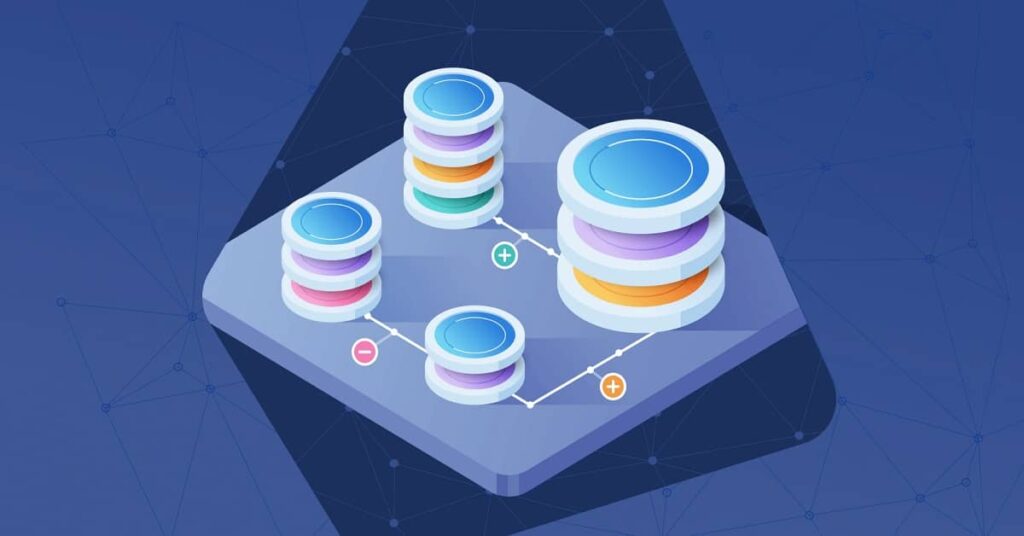Database Outsourcing: What You Need to Know to Get Started!
In today’s speedily moving digital milieu, successful business operations are largely founded on efficient data management. Data is like blood for various companies; its huge amount of management, preservation and optimization has become more and more intricate. In such situations, database outsourcing comes to the rescue. Now, what is it that database outsourcing entails? Data outsourcing mainly involves the process of giving out a company’s databases to an external party for management, upkeep, and operation. Most times, these providers are companies that are specialized in dealing with such tasks as monitoring, troubleshooting, enhancing performance and securing data. The aim of this arrangement is for organizations to get rid of any non-core activities they may have while at the same time being able to benefit from the expertise and infrastructure provided by a third party. No one can deny the significance of database management. Regardless of whether it is handling customer records, financial transactions or operational data, businesses need databases to store, process and access information that is vital for their decision-making processes and everyday operations. Malfunctioning databases can cause a business downtime, security breaches and data loss thus badly impacting its performance and reputation. As more data continue to be generated and relied upon by organizations there is a growing need for effective and flexible database administration systems. Despite being resource- and expertise-intensive in managing a database. Thus, numerous small and big firms are now outsourcing their database operations to let professionals handle their data requirements while concentrating on innovativeness and development. Benefits of Outsourcing Database Services A variety of advantages are provided by outsourcing database management that constitute it as an appealing platform for companies looking for operational efficiency, economical measures and expert-level competencies. Among its key advantages are: Cost Efficiency: Making use of outsourcing has one of the major benefits in terms of reduction of costs. Establishing an internal team for database management calls for recruiting skilled database administrators (DBAs), investing in infrastructure, and routinely updating hardware and software. Such capital investments are negated through outsourcing and costs are shifted to a more adaptable operational framework. In this way, customers only pay as per their requirements without being concerned with technology and workforce’s lasting commitments. Access to Specialized Expertise: Well, it can be concluded that the outsourcing of database functions to providers is a common practice, especially for small and medium-sized enterprises (SMEs). These specialized groups have skills in current technology trends and best practices across the industry standards. They have gathered vast experience in complex databases, including optimization, performance tuning, as well as security administration. To achieve such professional capacity within their organizations would impose an unbearable cost upon small- and medium-sized enterprises (SMEs). Focus on Core Business Functions: Time, attention, and resources can be diverted towards core operations if businesses decide to outsource their database management. This is particularly valuable for organizations that do not primarily focus on technology. This allows companies to spend more time on expanding their products and services and building customer relationships instead of resolving database issues or optimizing performance. Scalability and Flexibility: As a company expands and the volume of its information rises, expanding its database facility becomes burdensome. Outsourcing brings flexibility and being able to expand or reduce services whenever necessary. An outsourced service can adjust the resources appropriately whether it is a period when the organization is growing fast or it needs to scale down its operations. In particular, cloud solutions provide available expansion at anytime while requiring little investment on hardware. Types of Database Outsourcing In many ways, companies can delegate data to external companies. This text mentions different schemes and modalities of working with data; hence business has various decisions to pick from. Remote Database Administration: In the proposed model, external database administrators (DBAs) supervise and control the database from a distance. Such an arrangement ensures that performance tuning, problem resolution and backup can be done at any time of the day or night. Remote DBAs usually have to collaborate with internal personnel providing round-the-clock support that does not require full-time presence. Managed Database Services: Managed services are a more complete form of outsourcing in which the supplier assumes responsibility for all database tasks, such as infrastructure setup, maintenance, backups, security and performance optimization. This model is preferred by businesses that wish to adopt a leave-it-on-the-table approach to the database management. Cloud Database Solutions: A number of companies have started adopting online platforms that offer database solutions such as Amazon Web Services (AWS), Microsoft Azure and Google Cloud. These platforms provide a scalable, flexible and secure environment to manage a large amount of data. Companies can simply increase their storage space and processing power on cloud databases while paying only for what they intend to use. On-Premises vs. Off-Site Management: In some cases, organizations want to keep their database infrastructure within the boundaries of their factories; thus they do not want it managed by a third party not even for regulatory or security reasons. On the other hand there are people who think that off-site management is better because both infrastructure and management tasks are handled outside their companies. Each method presents its own benefits, where onsite management gives more control and offsite one is more cost effective as well as being more scalable. Key Considerations Before Outsourcing Before concluding to outsource database services, various important aspects needs to be scrutinized by companies to make sure that the collaboration will be successful. Assessing Business Needs: To begin with, it is important to comprehend the unique database needs of your company. What sorts of data do you work with? How intricate is the structure of your database? By responding to these inquiries, we will be able to know if outside resources are appropriate and which strategy would be most relevant to you. Evaluating Potential Vendors: All suppliers of outsourcing for databases are not just a homogeneous group. It is imperative to carry out an
Database Outsourcing: What You Need to Know to Get Started! Read More »



